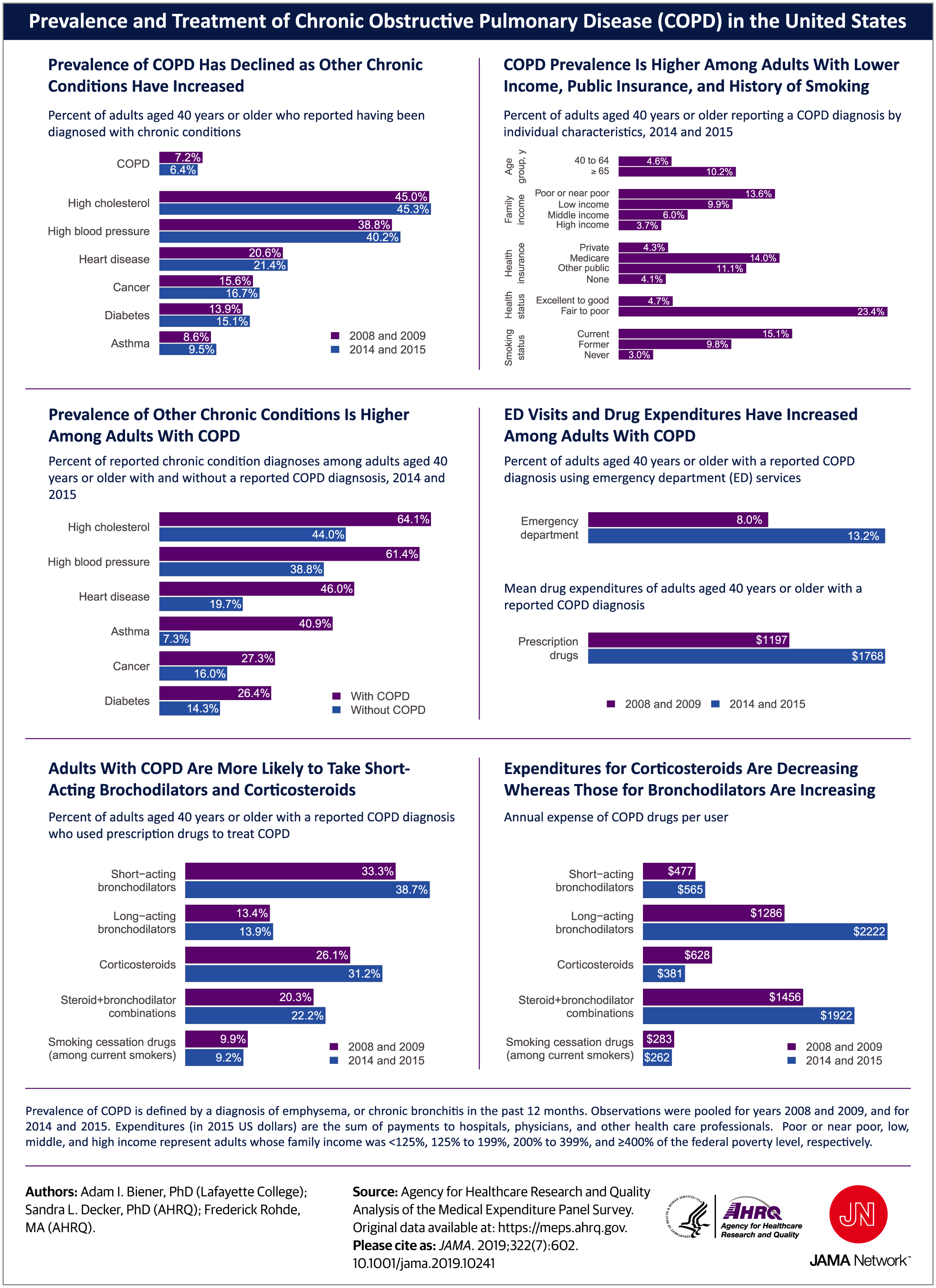sedentary :一応、座位とすることが多いが・・・実は日本語訳困難
一つの報告を上げると
General recommendations for future sedentary physiology research efforts include that studies of sedentary behavior, including that of sitting time only, should focus on the physiological impact of a “lack of human movement”https://www.ncbi.nlm.nih.gov/pmc/articles/PMC4362885/
とにかく動かない時間の事で、必ずしも座位とは限らないはず、立位のままじっとしている状況もこれだと含むことになるが・・・
別の文献では、「 sedentary, upright, standing, and walking」と別となっている。
実際、多くの混乱があるという記載がある
Sedentary Behavior Research Network (SBRN) – Terminology Consensus Project process and outcome
Int J Behav Nutr Phys Act. 2017; 14: 75.
https://www.ncbi.nlm.nih.gov/pmc/articles/PMC5466781/
かなりの定義がある
“Sedentary behavior may be defined as having a MET value between one and 1.5 (for example, equivalent to sitting or lying down)”. [65][66]
“Sedentary behaviors were defined as having MET <2 .0="" down="" e.g.="" equivalent="" lying="" or="" sitting="" span="" style="white-space: pre;" to="">
“A distinct class of behaviors characterized by low energy expenditure”. [67]
“Sedentary behavior involves activities with a very low energy expenditure (1.0–1.8 metabolic equivalents [MET]), performed mainly in a sitting or supine position”. [68]
“Sedentary behavior refers to activities that do not increase energy expenditure substantially above the resting level and includes activities such as sleeping, sitting, lying down, and watching television, and other forms of screen-based entertainment. Operationally, sedentary behavior includes activities that involve energy expenditure at the level of 1.0–1.5 metabolic equivalent units (METs)”. [4]
“Sedentary behaviors such TV viewing, computer use, or sitting in an automobile typically are in the energy-expenditure range of 1.0 to 1.5 METs (multiples of the basal metabolic rate). Thus, sedentary behaviors are those that involve sitting and low levels of energy expenditure”. [2]
“Sitting, lying down, and expending very little energy (approximately 1.0–1.5 metabolic equivalents [METs])”. [56]
“Non-upright” activities”. [69]
“Sedentary behaviours are considered those requiring ≤1.5 METs.” [7]
“Sedentary behaviour, defined as time spent sitting or lying”. [70]
“The term sedentary behavior (from the Latin word sedere, “to sit”) describes a distinct class of activities that require low levels of energy expenditure in the range of 1.0–1.5 METs (multiples of the basal metabolic rate) and involve sitting during commuting, in the workplace and the domestic environment, and during leisure”. [6]
“Any waking behavior characterized by energy expenditure ≤1.5 metabolic equivalents (METs) while in a sitting or reclining posture”. [25]
この報告の結論は「定義をはっきりしてくれ」なのだ!
さらに、physical activityも問題
身体活動量なのか、身体活動性なのか、さらには身体活動強度の意味として physical activity intensityなどと表現しactivityが使われ混乱を生じている。これは日本語訳というプロセスでの混乱なのか、ホントに混乱が生じているのか?
単なる聞き取り、インタビューによる身体活動評価ではないので信頼できるはず
Dose-response associations between accelerometry measured physical activity and sedentary time and all cause mortality: systematic review and harmonised meta-analysis
BMJ 2019; 366 doi: https://doi.org/10.1136/bmj.l4570 (Published 21 August 2019)
https://www.bmj.com/content/366/bmj.l4570

Dose-response associations between total physical activity (top left), light intensity physical activity (LPA) (top right), low LPA (middle left), high LPA (middle right), moderate-to-vigorous intensity physical activity (MVPA) (bottom left), and sedentary time (bottom right, data from REGARDS (Reasons for Geographic and Racial Differences in Stroke)9 and FHS (Framingham Heart Study) are only included for MVPA) and all cause mortality. Modelling performed using restricted cubic splines with knots at 25th, 50th, and 75th centiles of exposure specific distribution from medians of quarters (least to most active). The exposure reference is set as the median of the medians in the reference group (least active). Knot locations are available in supplementary table 8. cpm=counts per minute
目的 総身体活動量:total physical activity評価のための加速度計、身体活動の強度の違い、座位時間:sedentary timeと総死亡率の量依存性関連性を検討
Design Systematic review and harmonised meta-analysis.
Data sources PubMed, PsycINFO, Embase, Web of Science, Sport Discus from inception to 31 July 2018.
登録クライテリア 前向きコホート研究:身体活動量と座位時間を加速度計により評価し、全死亡率との相関性を評価、ハザード比、オッズ比、相対リスク+95%信頼区間で報告
データ抽出と解析 メタアナリシス・システミック・レビューを観察研究を対象に行い、PRISMAガイドラインに従った。2名の著者が独立してタイトルと要約をスクリーニング。2名の著者が独立してバイアスリスクを評価。個別レベルの被験者データを研究レベルでharmoniseし解析した。
身体活動量は研究レベルで4つにカテゴリー化、全死亡率との特異的相関をCox比例ハザード回帰解析施行。研究特異的結果はrandom effects meta-analysisで要約
主要アウトカム:全死亡率
結果 全てのテキストreviewから39研究を回収し、登録は10研究、harmonisation challenge(e.g. 加速度計手首設置)により除外3研究、一つの研究は参加なし。2つの未報告死亡率データを有する追加研究を追加
8つの研究からの個別データ(n=36,383; 年齢平均 62.6歳;女性 72.8%)、フォローアップ中央値 5.8年(range 3.0-14.5 年間)、死亡 2149(5.9%)にて解析
身体活動量は強度にかかわらず、死亡率リスク低下と関連するが、非線形の量反応関係
死亡率へのハザード比は第1・四分位 (活動量最小) 1.00(参照)とすると、第2・四分位 0.48 (95% 信頼区間 0.43 to 0.54) 、第3・四分位 0.34 (0.26 to 0.45)、第4・四分位 0.27 (0.23 to 0.32)
身体活動量のハザード比として
身体活動強度として軽度の場合、各々 1.00, 0.60 (0.54 to 0.68), 0.44 (0.38 to 0.51), 0.38 (0.28 to 0.51)
中等度・高度身体活動の場合、各々 1.00, 0.64 (0.55 to 0.74), 0.55 (0.40 to 0.74), 0.52 (0.43 to 0.61)
座位時間としては、ハザード比 1.00(参照;最小座位時間)、1.28 (1.09 to 1.51)、 1.71 (1.36 to 2.15)、 2.63 (1.94 to 3.56)となる
結論 身体活動量高レベルほど、強度にかかわらず、臥位など安静時間短いほど早期死亡リスク減少と相関し、中年・高齢では非線形の量反応関係である
moderate-to-vigorous intensity physical activity (MVPA)は20分程度が底のようだが・・・






